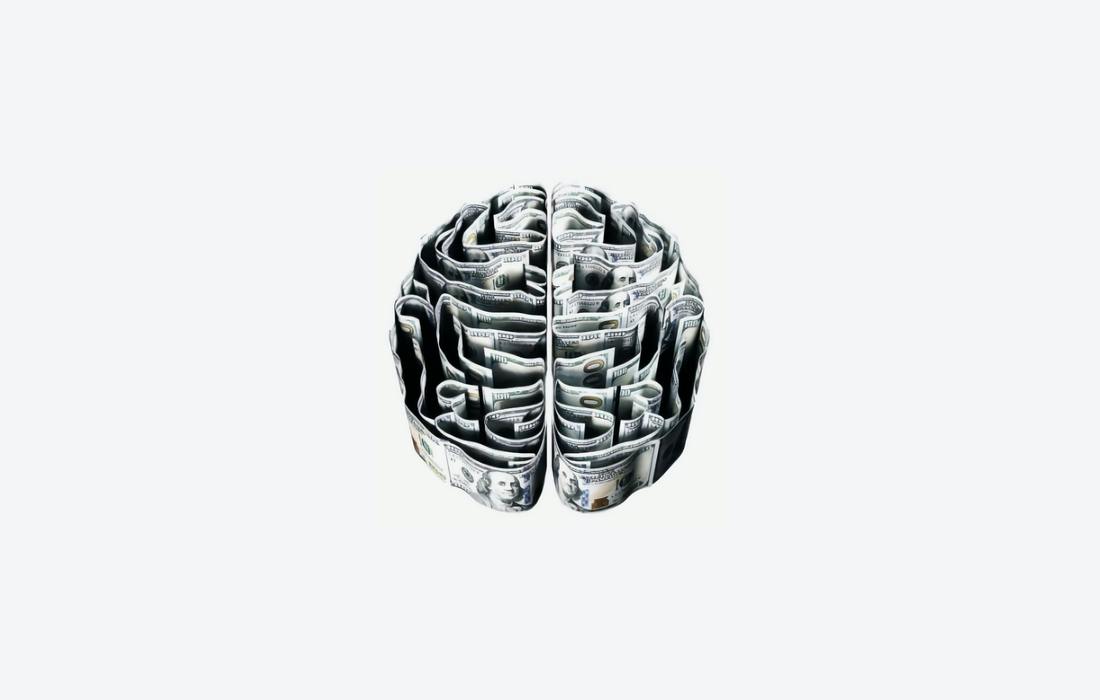
Photo: Morgan Housel
Some contextualization is needed here – exactly how did Europe and the Western world crystalize this interaction with the Other?
The political, economic, and industrial progress that were brought forth in the 18th and 19th century in the Western World marked the beginning of the capitalist market and the forming of the world as we know it today, but it also marked the beginning of an end – geographically speaking, there was nothing left to be discovered, there was no “great unknown” anymore; the voyage was over, all that was left now was tourism and trips to places that had previously been seen by others. Additionally, the 19th century market advancements also introduced a series of adjacent ideological concepts, one of them being the “scarcity of goods” theory. In this context, the “unknown” began manifesting itself as the most sought after scarcity, and the societal response was the debut of exotism – a term coined during the 19th century. Of course, the taste for different, for objects and products that originated in different cultures than one’s own had clearly existed before this point in time, but the 19th century brought a boom of sorts. In fields like the arts and literature, a particular “exotic” inspiration is beginning to be more and more palpable; orientalism and its corresponding gaze are making their way into everyday life through theatre plays, paintings, literary works of fiction, world fair displays, etc.
There was no Stranger left, nothing to be discovered anymore, the West had reduced everything through colonization and cultural assimilation; material abundance was at an all time high, and, like previously stated, the most important scarcity was the different, the strange – alterity. Maybe the answer was to simply invent an Other to fill that position. Having real people, real cultures, and real geographical spaces as a point of departure, the Western World proceeded to produce an Other, an entity designed to play a certain role, someone to help illustrate the Western Values by contrast.
The most indicative examples of this type of imaginary construct would be the 19th century travel journals – scores of Western writers flock to places like the Balkans, the Ottoman Empire, the Far East, etc. with the sole purpose of collecting data about these “far” and “exotic” lands and report back home with this valuable new information about the Stranger, this important scarcity everyone had started to pursue. It’s important to understand here that by this time, thanks to the capitalist endeavours that had proved to be extremely lucrative, the West felt that it could issue various judgements of the surrounding world based on its own thinking systems, ideologies, projects, aspirations, etc.; this alterity dialectics implied that many communities that didn’t adhere to the European religion, reason and civilization, were devalued and perceived as inferior. Additionally, this is the point in history when nationalism, the founding principle of modern Europe, is established – this meant that an additional alterity was now in the works, an alterity within the white European culture. This type of alterity was aimed at strengthening the identity of whoever enunciated it, basically an aid in one’s quest of defining a national identity.
At this point, one might justifiably wonder… well, what could be point of inventing an Other? What role might this paradigm be attached to? For example, the Oriental space as a construct played a key role in the European collective mentality – it offered them the perfect place to escape to (at least mentally). The Oriental sphere at this time was perceived as a place of legend and great riches, a world filled with myths and wonders of the Old World; it was associated with a strong feeling of nostalgy towards an immemorial past, and most importantly, it offered an alternative to the European reality, a reality defined by more and more constrictions and social rules. Therefore, the Oriental construct, under the Romantic dialectics of the 19th century, became this refuge (at least mental one) from the new socio-economic determined way of living that now characterized most of the Western World.
Of course, the Western and Oriental archetypes were perceived as two entities defined by totally incompatible set of values; one could not be a part of both worlds, one was forced to adhere to the principles of the European Self, or be pushed into the Other category.
Fast forward to the 21st century - our contemporary existence is very much influenced by this dialectical system setup by European powers hundreds of years ago. What is definitory in this construct of alterity and its adjacent discourse is the landmark of the Centre; the Centre, a spatial element of a rather imaginative nature, is basically the birthplace of the ”normal”, the place where ”normal” is king. From this site, judgements and opinions pertaining to other bodies that are not part of it are very easily emitted. Nowadays, it would seem that the Centre is occupied by the Western white civilization and, consequently, at least in its opinion, the West’s cultural norms are the only ones acceptable and applicable to the entire human civilisation.
In today’s globalist existence, the Other is everywhere, everyone is an Other for somebody; in this peculiar paradigm, everyone has its place related to the Centre, and therefore anyone can postulate their own Other, the Other exists from a multitude of perspectives. The discourse of alterity, other than being a social construct, has real consequences in the real world. Those who have occupied the Centre, have carefully instated social structures and value systems that reflect their own interests and that keep them in these privileged positions, whilst the Other is kept away towards the periphery.



